How to sleep better − 10 top tips for restorative slumber
I asked an expert panel of sleep scientists, medical professionals, and product developers how to sleep better and feel fresher in the mornings
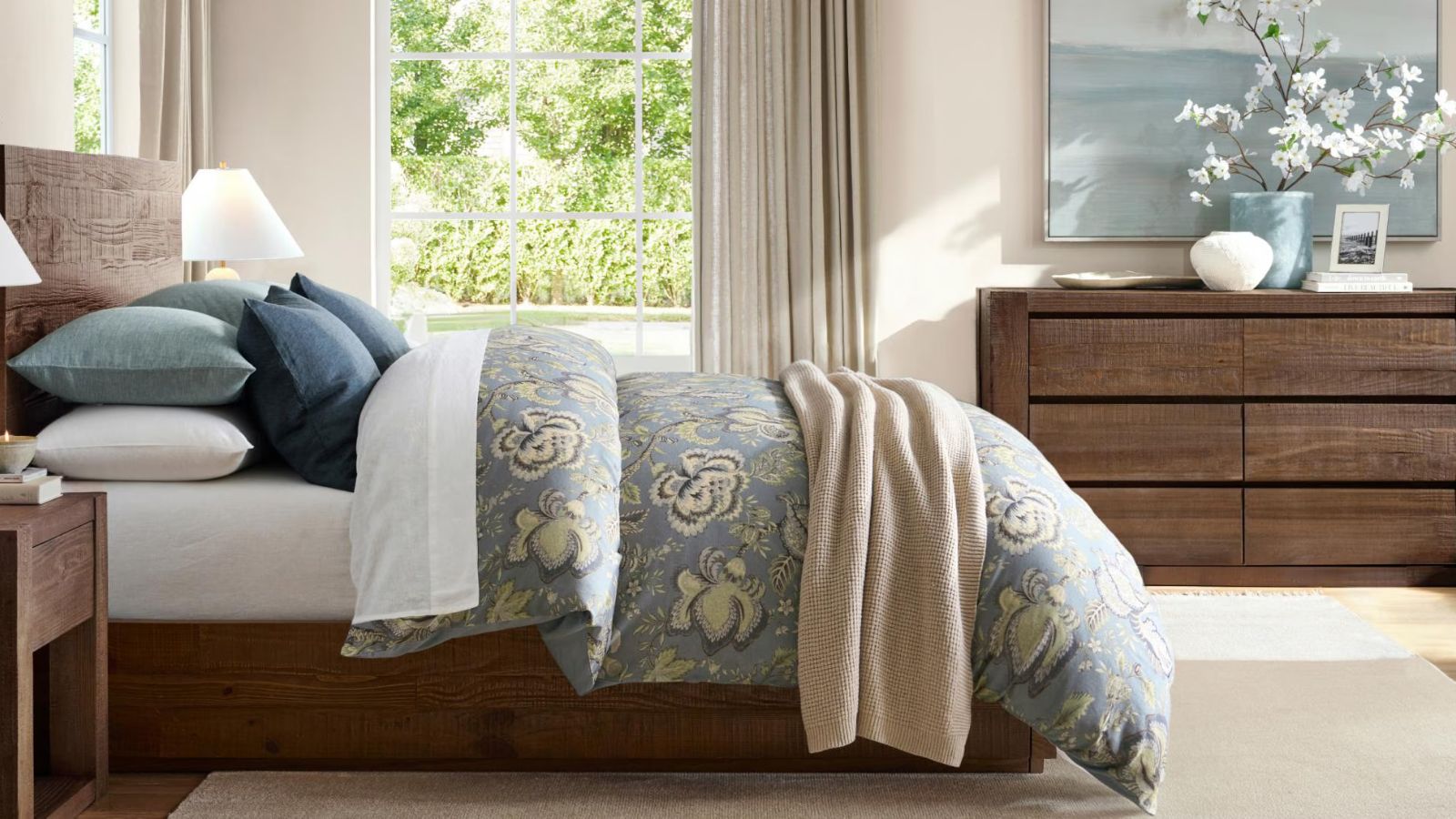

As the resident Sleep Editor here at Homes & Gardens, I'm often asked, how can you sleep better? It's the key to improving our mood, supporting our immune system, and boosting our productivity.
When we don't get enough sleep, we make ourselves more vulnerable to all sorts of physical health risks, from everyday infections to cardiovascular problems, and pave the way for mental burnout.
Over the years, I've discovered the importance of investing in the best mattress and the best bedding for my sleep needs. I've experimented with bedroom ideas to optimize my design and decor for sleep. I've learned about the right foods to eat and the bad habits to kick. Now, it's my job to teach you how to sleep better.
How to sleep better − 10 expert tips
I've combined my first-hand, hard-won wisdom with insights from leading sleep scientists, medical professionals, and product developers. Along the way, I've picked out a few of my favorite products to help you sleep better.
1. Define your sleep style
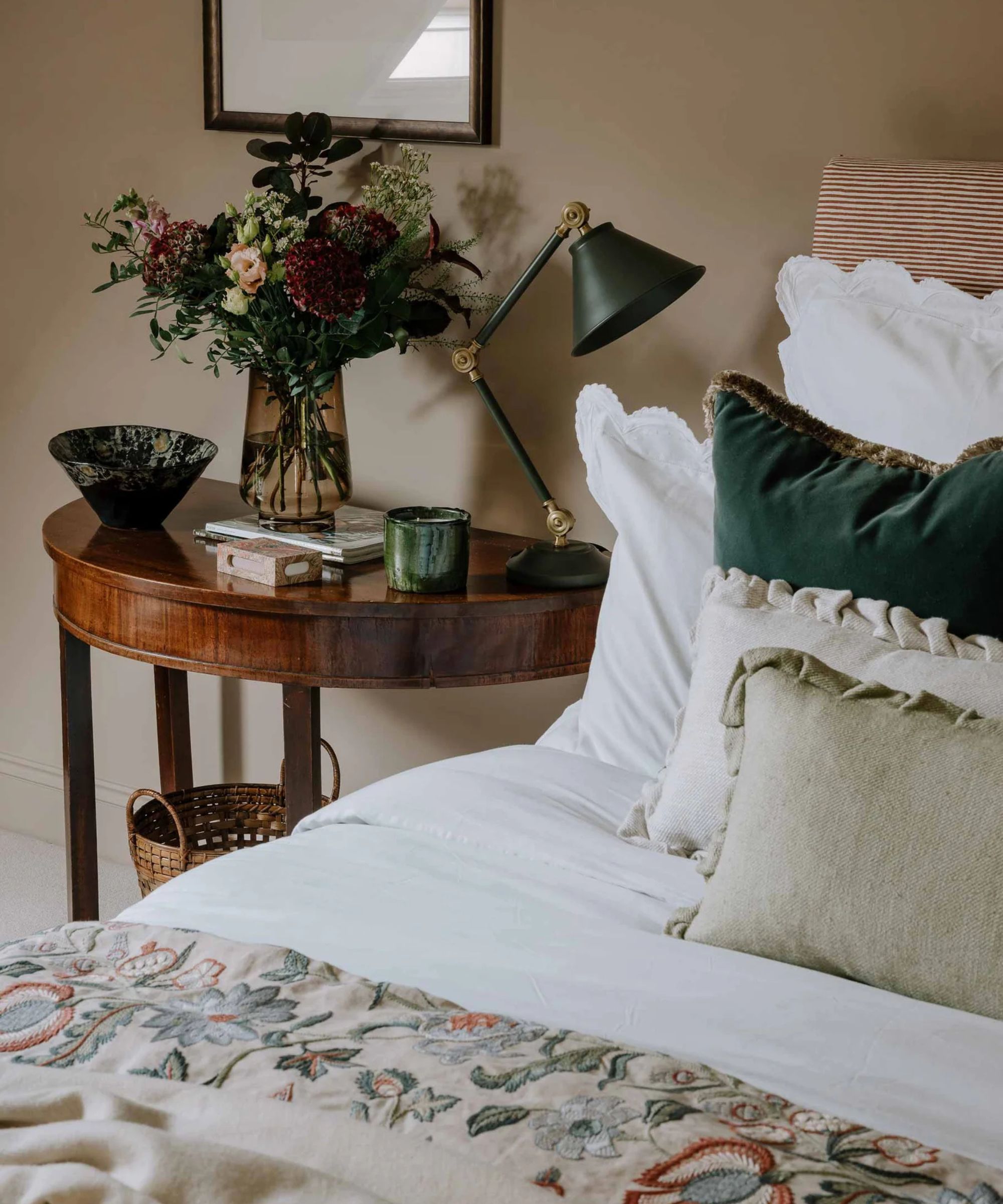
'Sleep style' is a catch-all term that encompasses three key concerns: your sleep position, which is how you tend to lie on the bed; your sleep temperature, which is whether you run hot or cool; and your sleep circumstance, which covers all the little stresses in your daily life that could impact your sleep.
Let's take these terms one at a time, starting with sleep positions. You either sleep on your stomach, back, or side, or a combination of the three. Each sleep position has its merits and can be perfectly comfortable, as long as you're sleeping on a supportive mattress.
Next, sleep temperature: if you suffer from night sweats or hot flashes, you're classed as a hot sleeper. If you often wake up in a cold sweat, then you qualify as a cold sleeper. Your sleep temperature is also impacted by the weather outside, which you can't control, and the microclimate inside your bedroom, which you can, via a thermostat.
Finally, sleep circumstance: this covers everything from the conversations you had over dinner to the content you consume right before you sleep. If you're struggling with a health condition or sniffling with seasonal allergies, that falls under sleep circumstance, too. Many of these issues are complex, but a few have quick fixes: for example, an antibacterial duvet could bust the dust mites and save you from sneezing and spluttering.
2. Find the best mattress
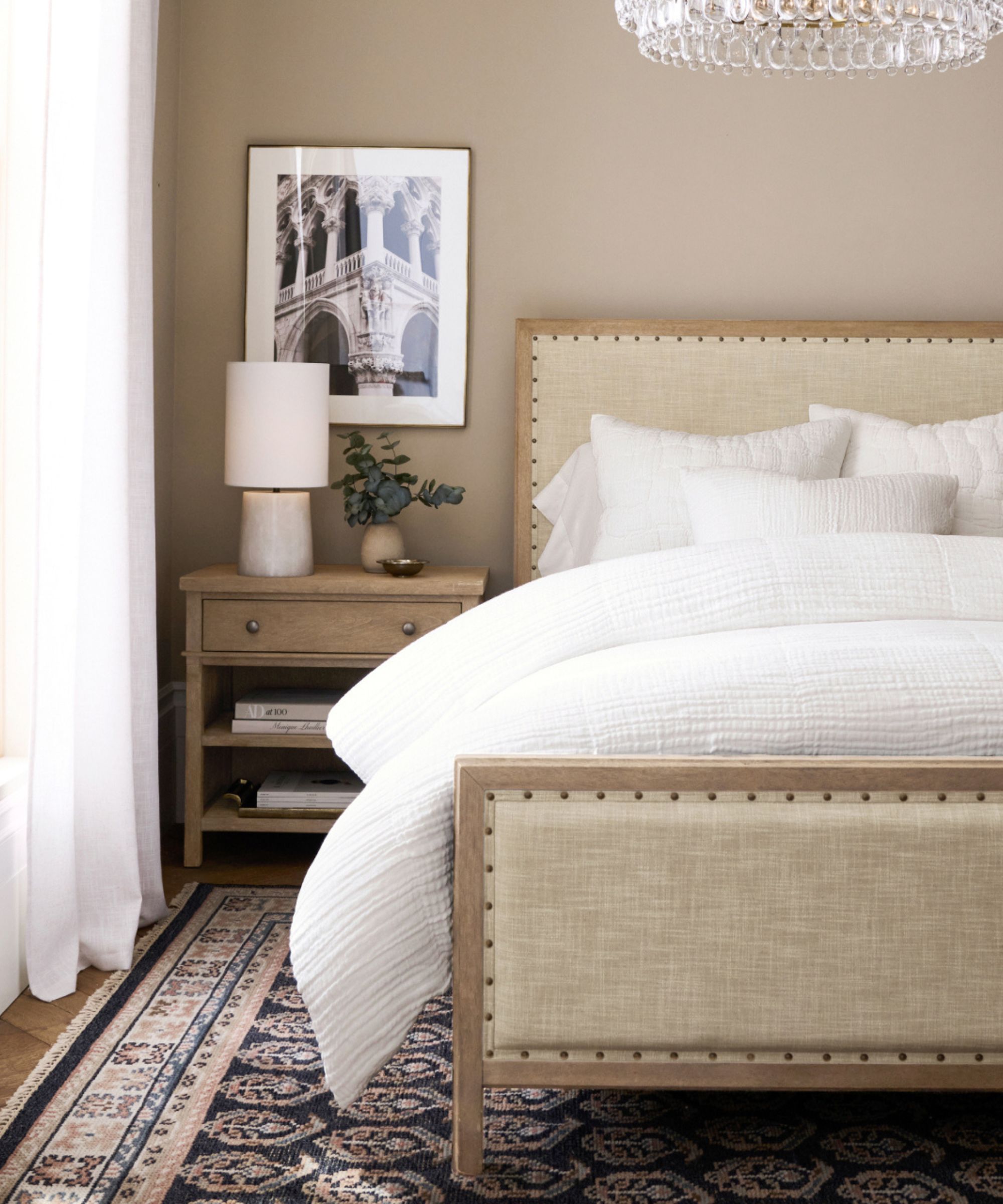
To get better sleep, you need to find the mattress that meets your sleep needs. I asked Chris Tattersall, Managing Director at Woolroom, to tell us more.
Tattersall believes that 'your mattress is the key component to supporting your body. Finding the right fit with the correct firmness is integral to ensuring sleep posture.'
Mattress firmness is highly subjective, and Tattersall says 'it's important to find the right middle ground between plush comfort and sturdy support. I recommend a medium tension mattress, which should strike the ideal level of support for your spine and hips.' Tattersall cautions against 'a mattress that is too soft, which will cause your hips and shoulders to pinch and your spine to curve downwards, putting unwanted pressure on your joints and muscles.'
To help you decide which mattress you should buy, I've combed through our back catalog of reviews and picked out a few of my favorites. Each mattress is assessed against the same criteria: pressure relief; thermoregulation; motion isolation; and edge support.
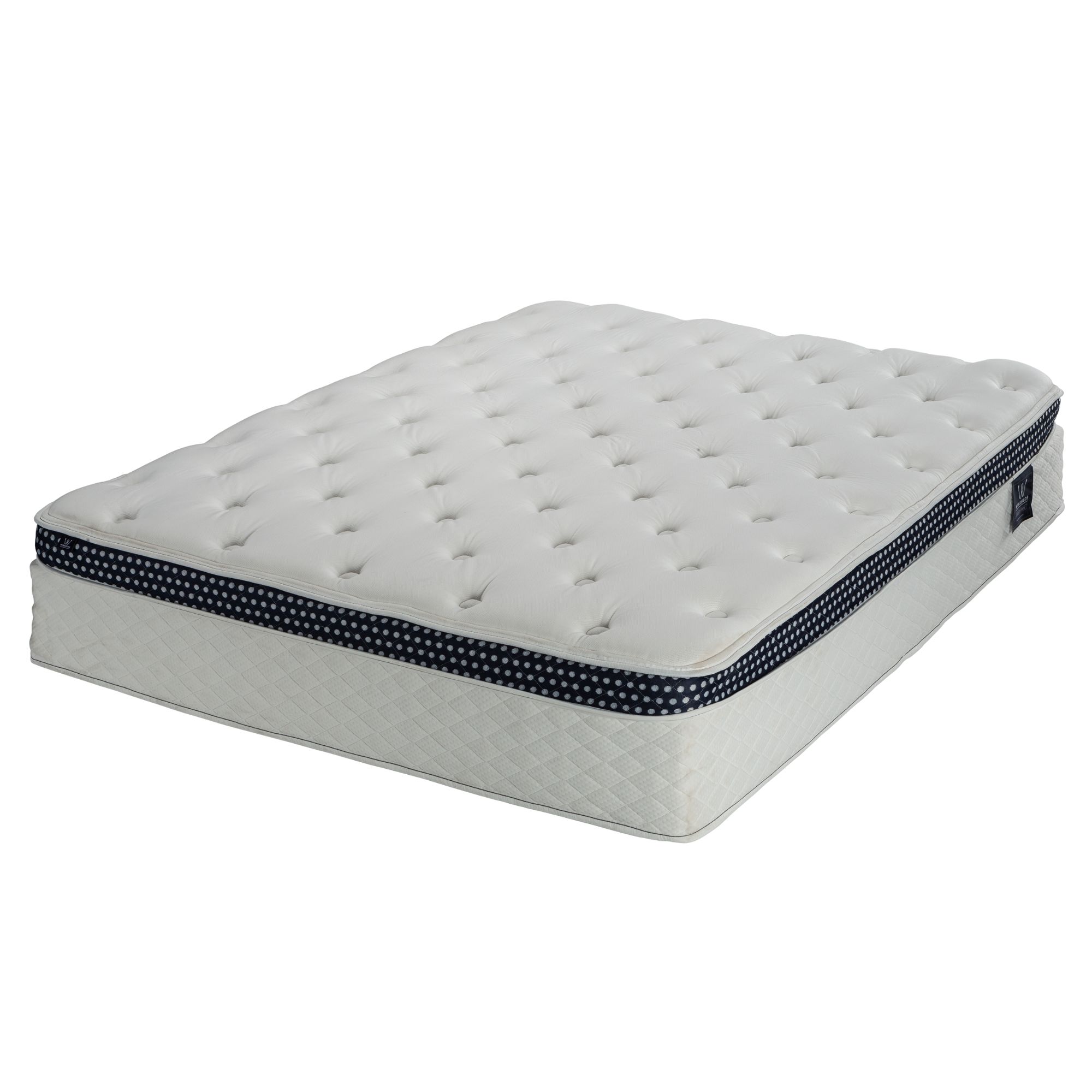
'The WinkBed Luxury Hybrid Mattress has sat at the top of our testing list for quite some time,' says expert tester Aleenah Ansari. 'I finally got the go-ahead to place my order and head to bed in Spring 2024. I found a bed that was worth waiting for, with zoned support for ergonomics and plenty of cushioning for plush comfort.'
Read the full review: WinkBed Luxury Hybrid Mattress
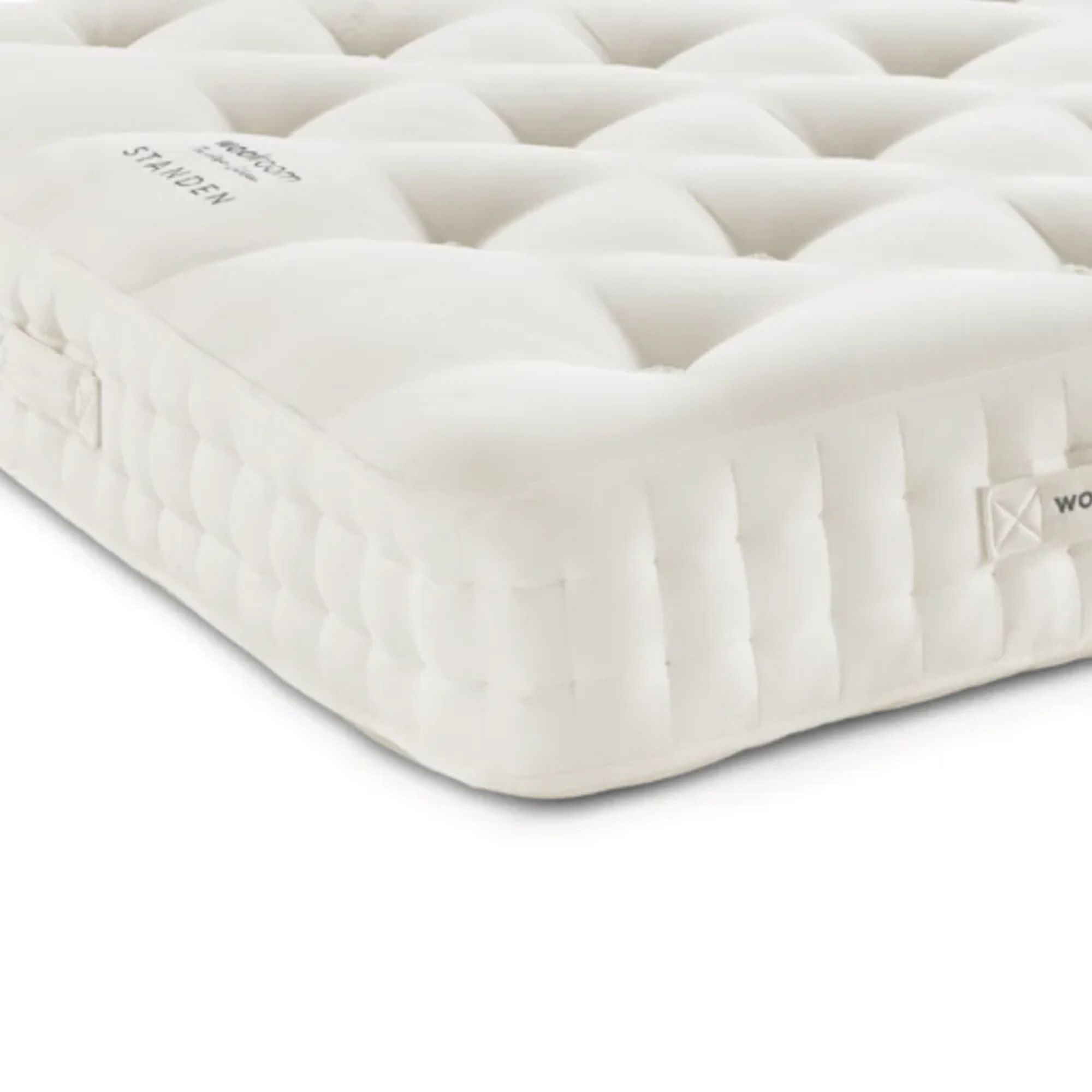
'The Woolroom Hebridean 3000 is a high-performance, high-quality mattress,' says Sophie Edwards. 'It's a great option for side sleepers, people with back pain, and those who tend to move a lot in their sleep, as it offers a firm, supportive base. The biggest drawback is the weight, which makes it difficult to flip and rotate the mattress.'
Read the full review: Woolroom Hebridean 3000 Mattress

'The Stearns & Foster Estate Mattress is a supportive hybrid that back and stomach sleepers will love,' says expert tester Alex Temblador. 'Between the superior edge support and excellent motion isolation, I can understand why this mattress has so many fans. Too bad it traps a little heat.'
Read the full review: Stearns & Foster Estate Mattress
3. Buy the best bedding
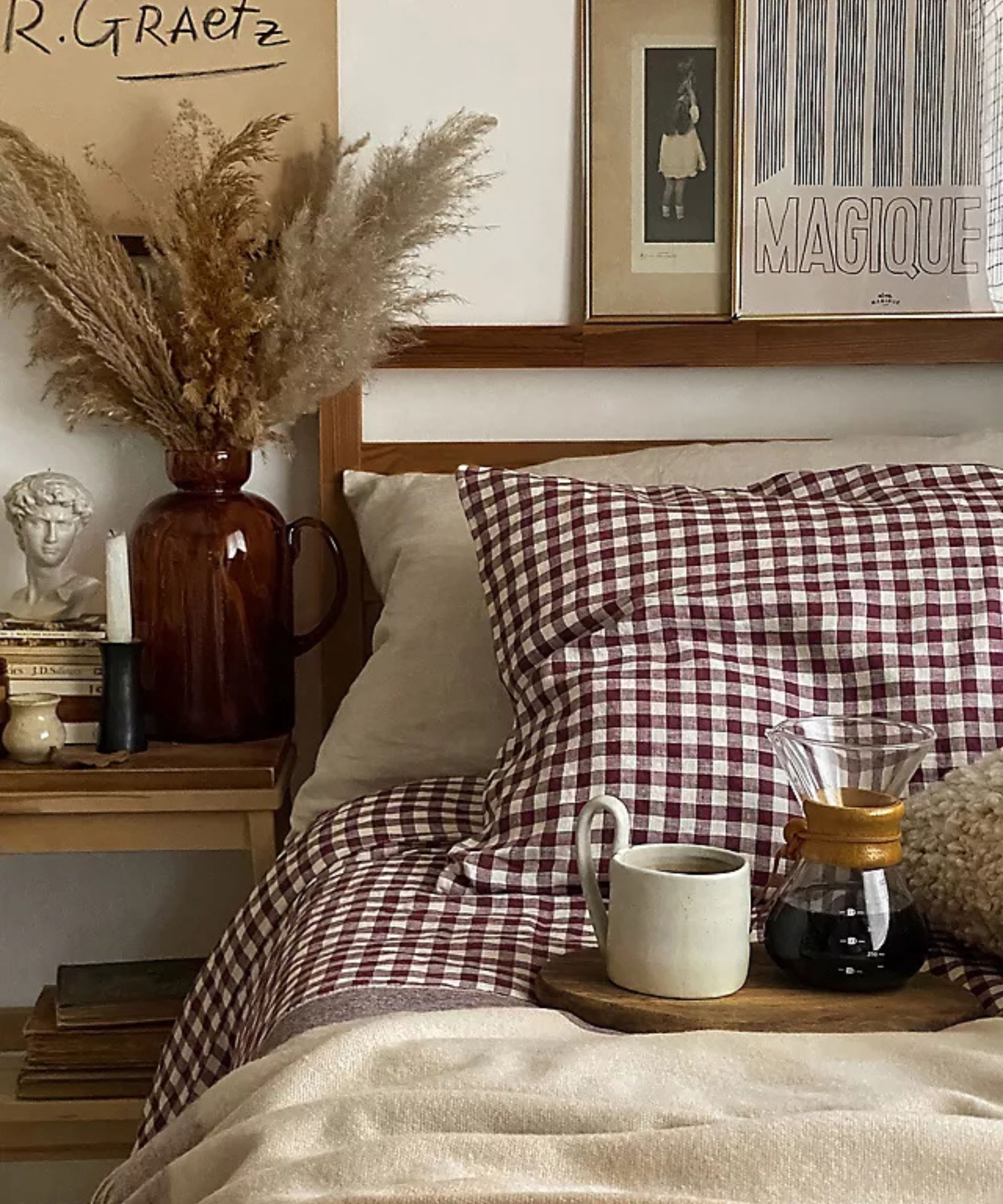
Once you've found the best mattress, it's time to buy the bedding. Although you could pick up a cheap set of sheets your local homestore, the best places to buy bedding are specialist sleep stores. That's where you'll find the widest range of products, which are scientifically designed and stylishly finished.
First, you need the best bed sheets. I recommend lightweight linen for summer nights and a cotton sateen set for a touch of luxury, though you may prefer the cool, crisp finish of cotton percale. Just make sure you avoid polyester: sweaty and scratchy, it's one of the bedding materials to avoid.
Next, you need the best pillow. You want something supportive to cushion your neck and shoulders. Side sleepers might prefer a thicker pillow, while stomach sleepers will appreciate something flatter to prevent neck strain. I recommend an adjustable pillow, so that you can find your own firmness.
Finish your bedspread with one of the best duvet inserts. Hot sleepers could narrow the search to the best cooling comforter, while cold sleepers living in cooler climates can cuddle up under the best warm comforter.
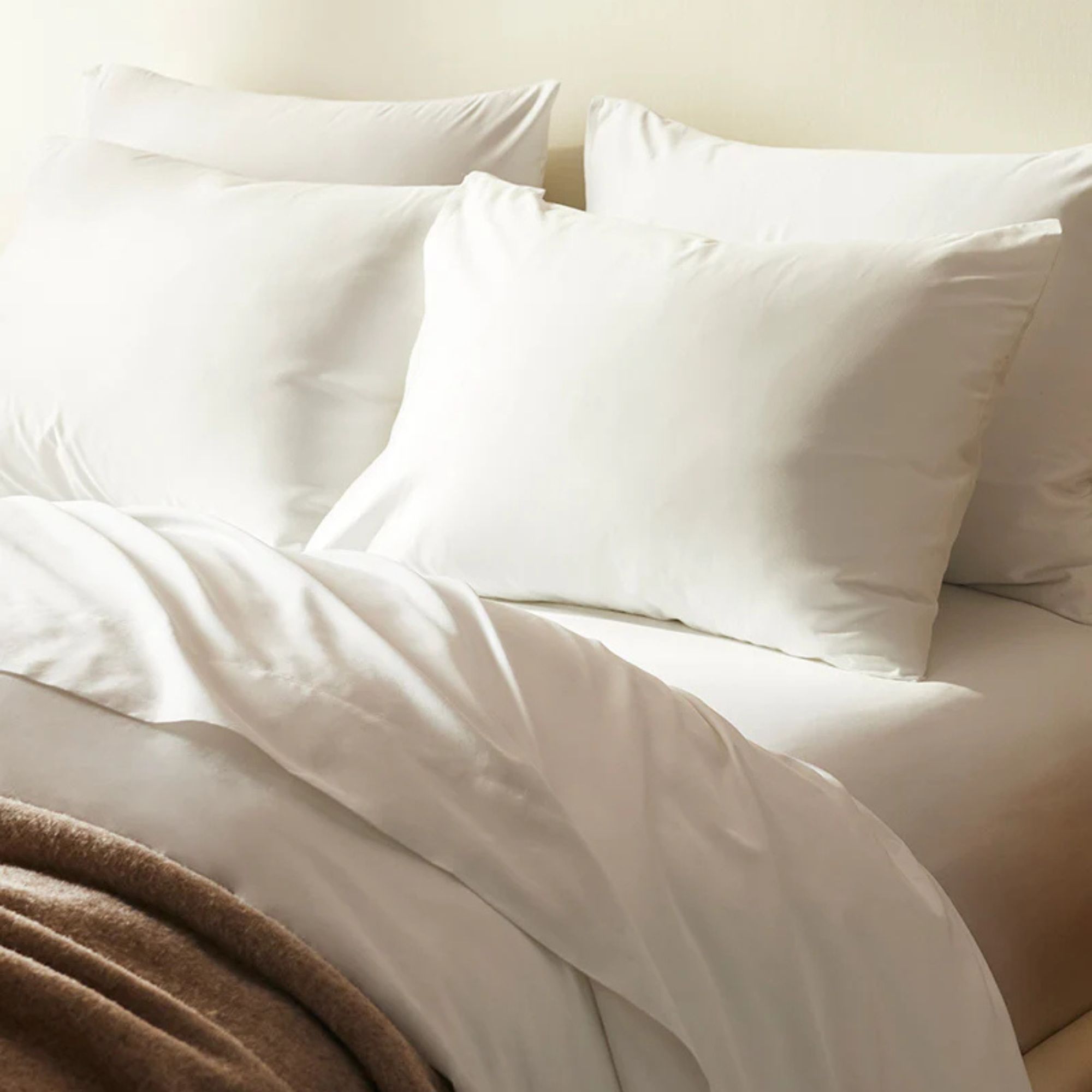
Sitting pretty at the top of our 'best bed sheets' buying guide, this sateen sheet set should feel soft and silky against your skin, catching the light to create a gorgeous sheen. I love the width of the colorways at Brooklinen: choose between warm and cool colors, as well as prints and patterns.
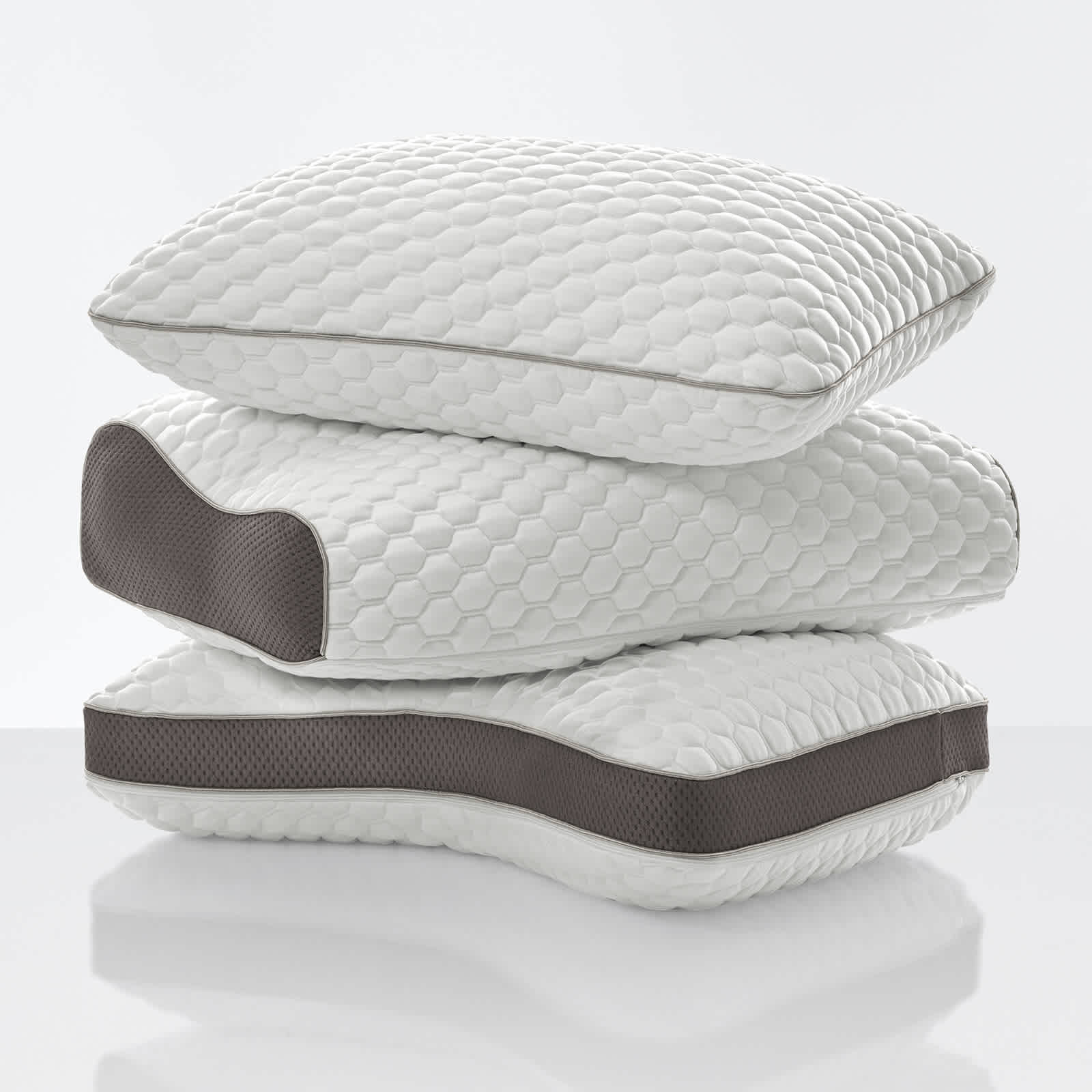
The True Temp™ Adapt Pillow is just what you need if you want a pillow that regulates your body temperature and adapts to your individual needs. The Hybrid design combines conforming foam and supportive, soft fiberfill with a cool-touch cover for just-right comfort. Available in three shapes (classic, contour and ultimate) designed to fit the way you sleep.

Believe it or not, wool makes a great moisture-wicker. According to the Woolroom Clean Sleep Report 2024, wool can absorb up to 33% of its weight in water (or sweat) to keep your bed and your body cool and dry. I recommend this comforter for anyone who suffers from night sweats.
4. Set the scene
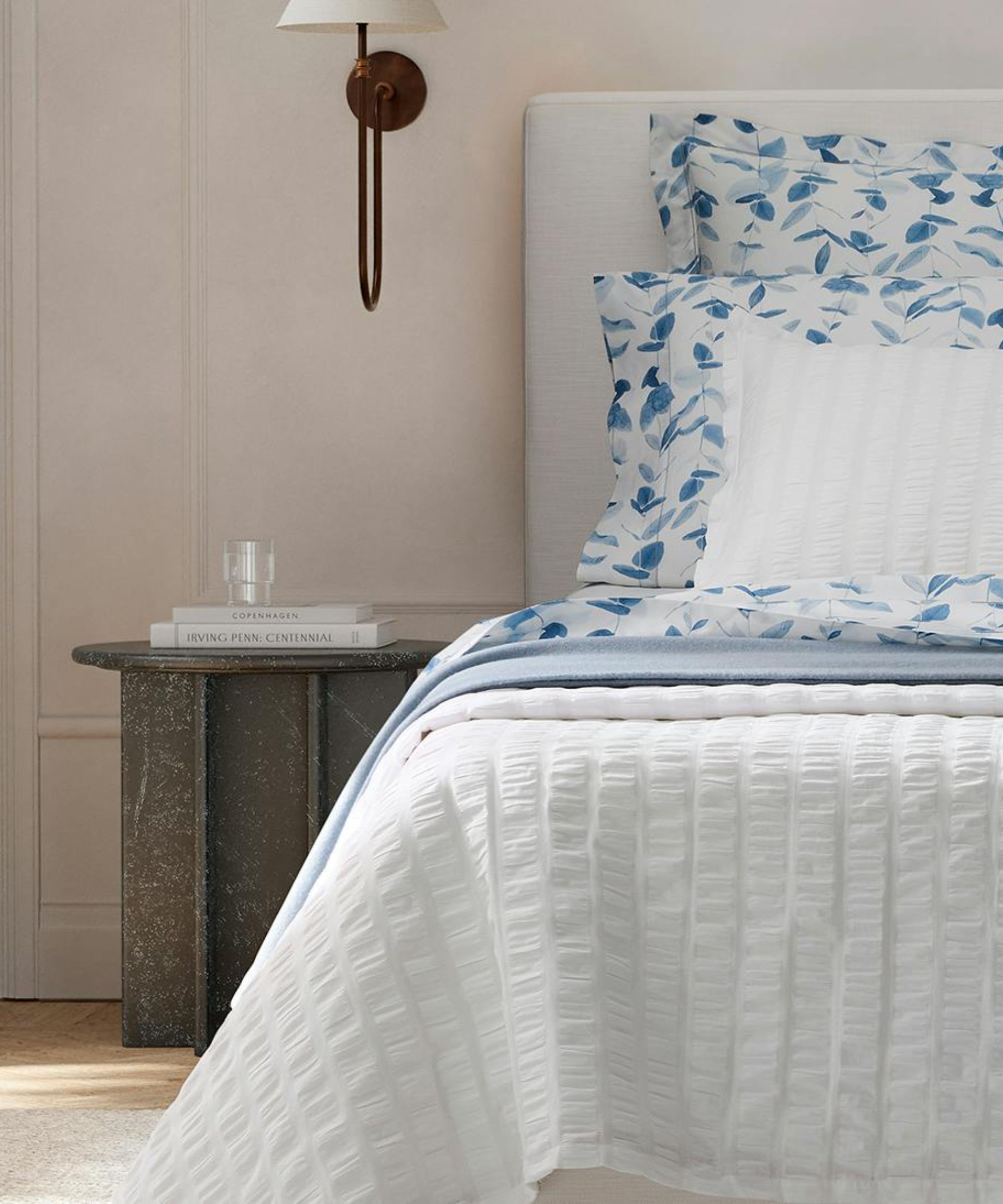
Although the bed is the focal feature of the bedroom, there are plenty of other factors to consider as you create your sleep sanctuary. I asked Alison Jones, the in-house Sleep Expert at Sealy, for a few of her top tips to make your bedroom look, smell, and feel good.
Jones says that 'using the best candles in your bedroom is not only visually appealing but it will also bring a gorgeous scent into the air that can help you drift off to sleep. Alternatives to candles include essential oil diffusers, electric wax melt burners, reed diffusers, and even incense sticks, which do not require an open flame.'
'Similarly, listening to bedroom soundscapes, such as logs burning on an open fire can be incredibly relaxing,' says Jones. 'To replicate the soothing sound perfectly, all you need is a wood wick candle.'
All this burning might boost the temperature in your bedroom, so I recommend setting your thermostat somewhere between 60 and 75°F: according to the sleep scientists at Harvard Medical School, that's the ideal temperature for sleep.
If you've got some time on your hands, and you don't mind doing a little heavy lifting, you could follow the principles of bedroom Feng Shui and rearrange your furniture to suit your sleep space. If you're in the middle of remodeling, it's worth learning about the best and worst bedroom colors for sleep.
5. Design the ideal dinner

It's not all about the bedroom. What you eat and drink throughout the day can make a major impact on your sleep quality. When you're meal planning, try to incorporate ingredients that are rich in antioxidants, fiber, and fatty acids. You can't go wrong with fresh produce and plenty of fruit and vegetables.
Health and medical writer Dr. Deborah Lee (sleep expert at Bed Factory Direct) urges you to 'pay attention to what you eat before bed as this could be something that’s ruining your sleep. Salty foods, acidic foods and spicy foods are three key stapes that you should be monitoring and limiting to aid a better night’s sleep.'
'If you can’t fall asleep or struggle to stay asleep, salt could be the root of the issue. Sodium-high meals result in fluid retention and increased blood pressure, making it hard for the body to switch off completely after eating snacks like crisps or salted nuts.'
'Eating foods that contain natural melatonin right before you are ready to attempt sleep can help you fall asleep faster and sleep more soundly,' reveals Trista Best, a registered dietitian at The Candida Diet. 'Almonds, walnuts, and bananas are prime examples of these easy to snack on foods rich in melatonin.'
6. Set healthy habits

If you're raising kids, or you've spent a lot of time around little ones, then you'll be familiar with the concept of a bedtime routine. For consistently deep sleep, it's worth setting your own bedtime routine for adults.
The rules are pretty simple. You should try to wake up and go to sleep at the same sort of time every day to settle your circadian rhythm. You should aim to eat dinner at least two or three hours before you sleep to aid digestion and try to take regular exercise (but not too close to bedtime).
'Daily habits are probably the most important predictor of sleep quality,' says Dr. Lizzie Benge, a sleep physician at Brigham and Women's Hospital. 'Avoiding screens before bed, stretching, or practicing relaxation techniques like meditation can help signal to the body that it’s time to wind down.'
'Consistency is key,' Dr. Benge continues. 'Going to bed and waking up at the same time every day, even on weekends, helps regulate the body’s internal clock. Other helpful strategies include avoiding caffeine after 2 PM, skipping naps after 3 PM, and limiting alcohol after dinner. Of course, everything in moderation. Sleep health is about improving quality of life, so patients should experiment and find what works best for them.'
7. Control your light levels
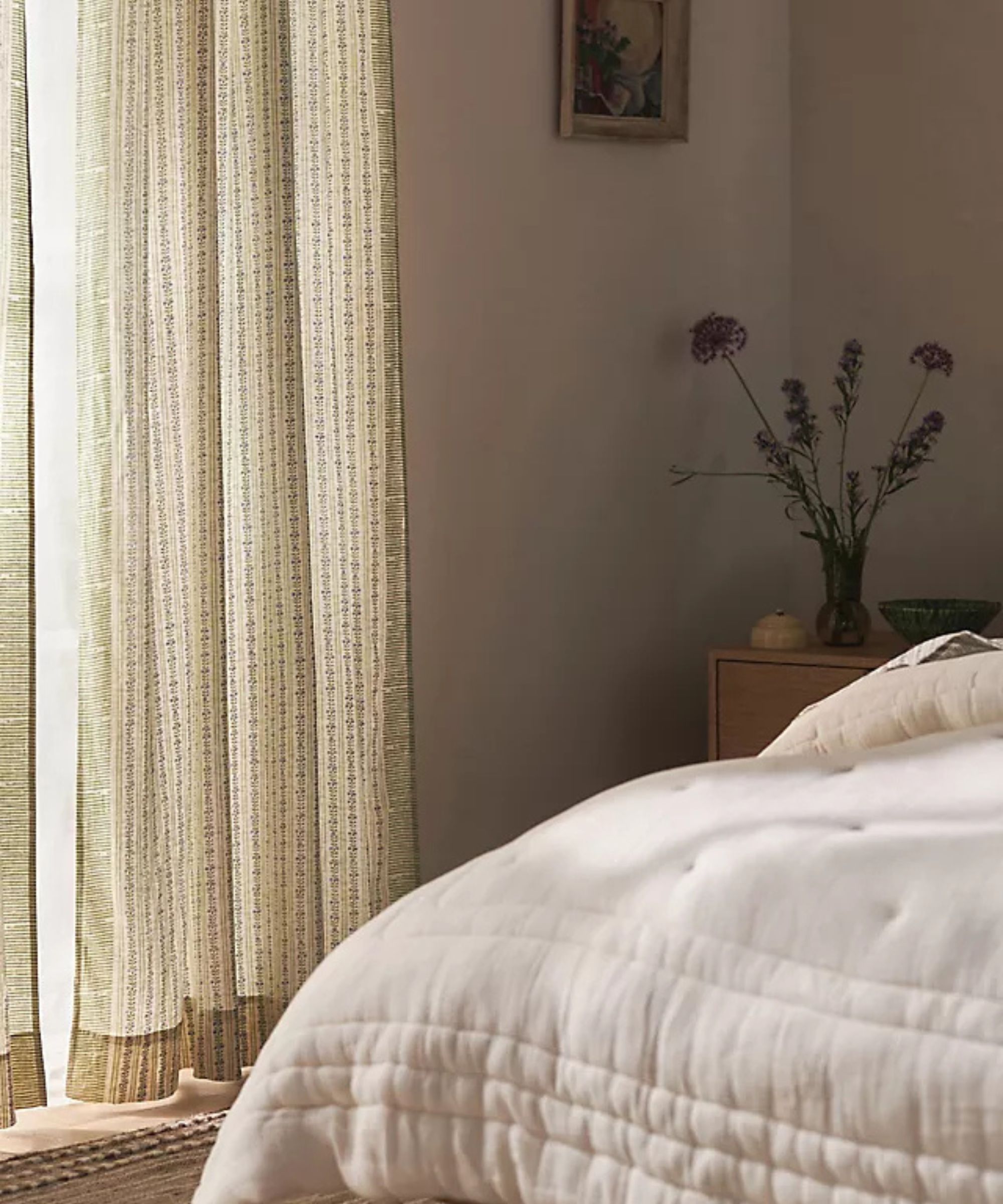
Internal medicine physician Dr. Fiona Gispen recommends you 'align your body with natural light cycles by seeking sunlight exposure within 30-60 minutes of waking up and again in the late afternoon. This helps regulate your circadian rhythm, boosting early-day cortisol for alertness and preparing your body for sleep.'
'In the evening, minimize exposure to blue light from screens and bright overhead lights to support your body’s natural sleep-wake cycle,' continues Dr. Gispen. 'Consider setting a “technology curfew” an hour or two before bedtime. If you do use your device, use the night-mode settings to minimize blue light exposure.'
'Ensure your bedroom is conducive to sleep—keep it cool, dark, and quiet. Consider using blackout curtains, eye masks, earplugs, or white noise machines to create an ideal sleeping environment.'
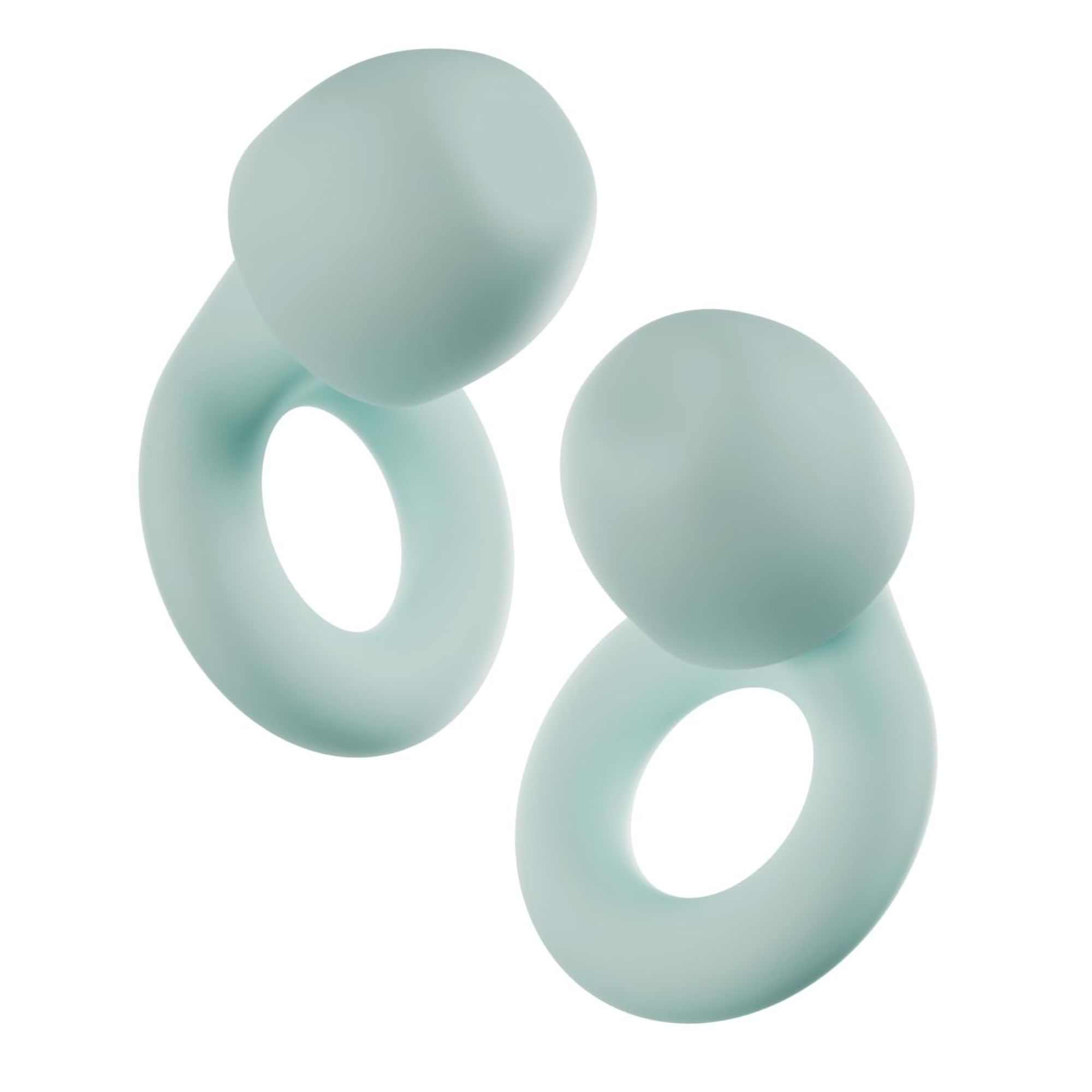
These are the number-one best-selling ear plugs on Amazon. 'These are so comfortable,' reads one recent review, 'and the noise-cancelling is fantastic. Now, does it block everything? No, but I think that’s a good thing for safety reasons. They do block my husband’s chainsaw snoring and that is exactly what I needed them to do.'
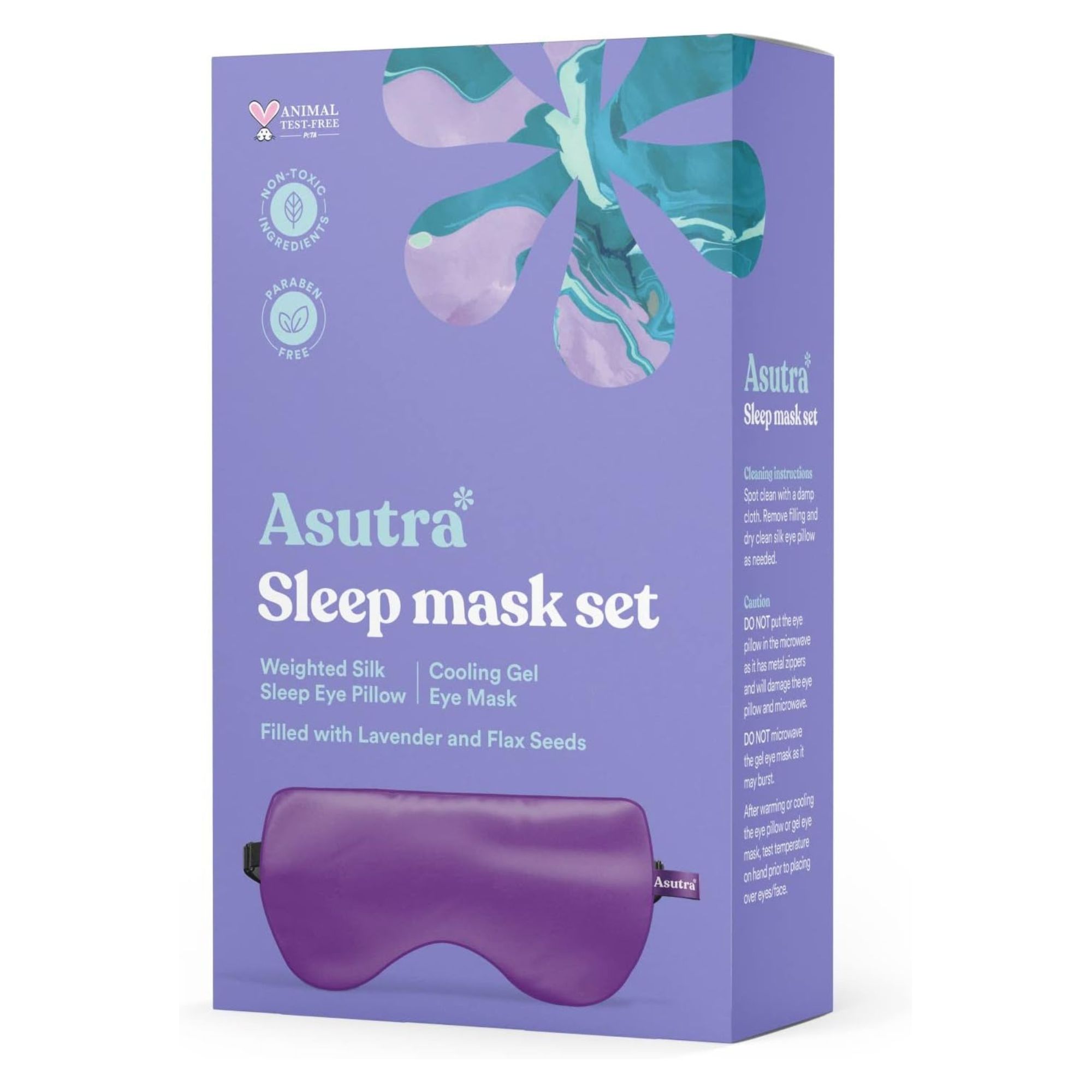
'I’m a night shift RN and I love this mask,' says one recent shopper. 'It really helps me sleep. So soft and the weight of it is just right. It stays in place and helps me get great rest. The lavender scent is great for relaxation and helps me to breathe more deeply.'
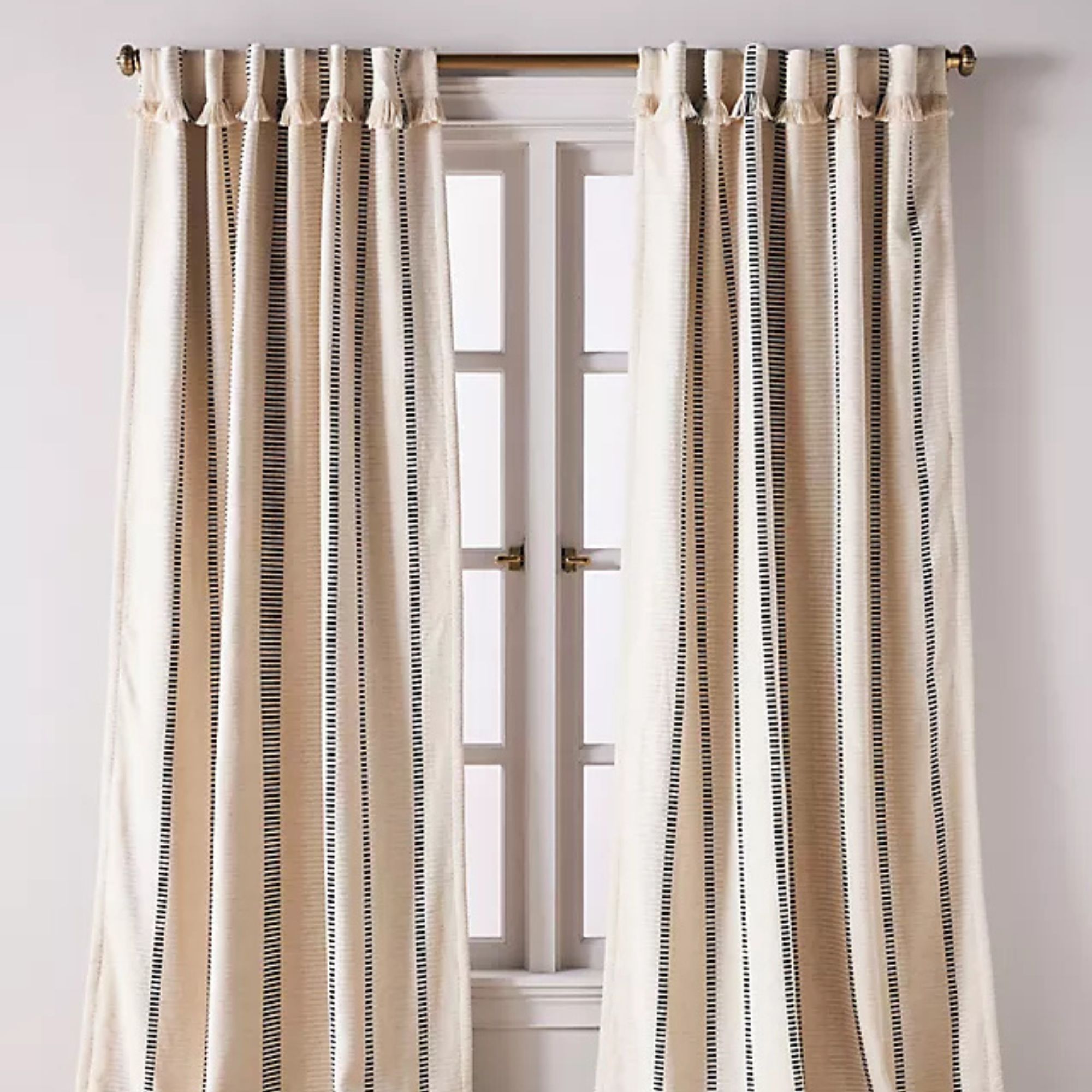
Different curtain types let through different levels of light: light-filtering curtains let through the most; room-darkening curtains let through a little; but only blackout curtains promise total darkness. These blackout drapes from Anthropologie sit at the intersection of pretty and practical: I love the woven stripes.
8. Manage your stress
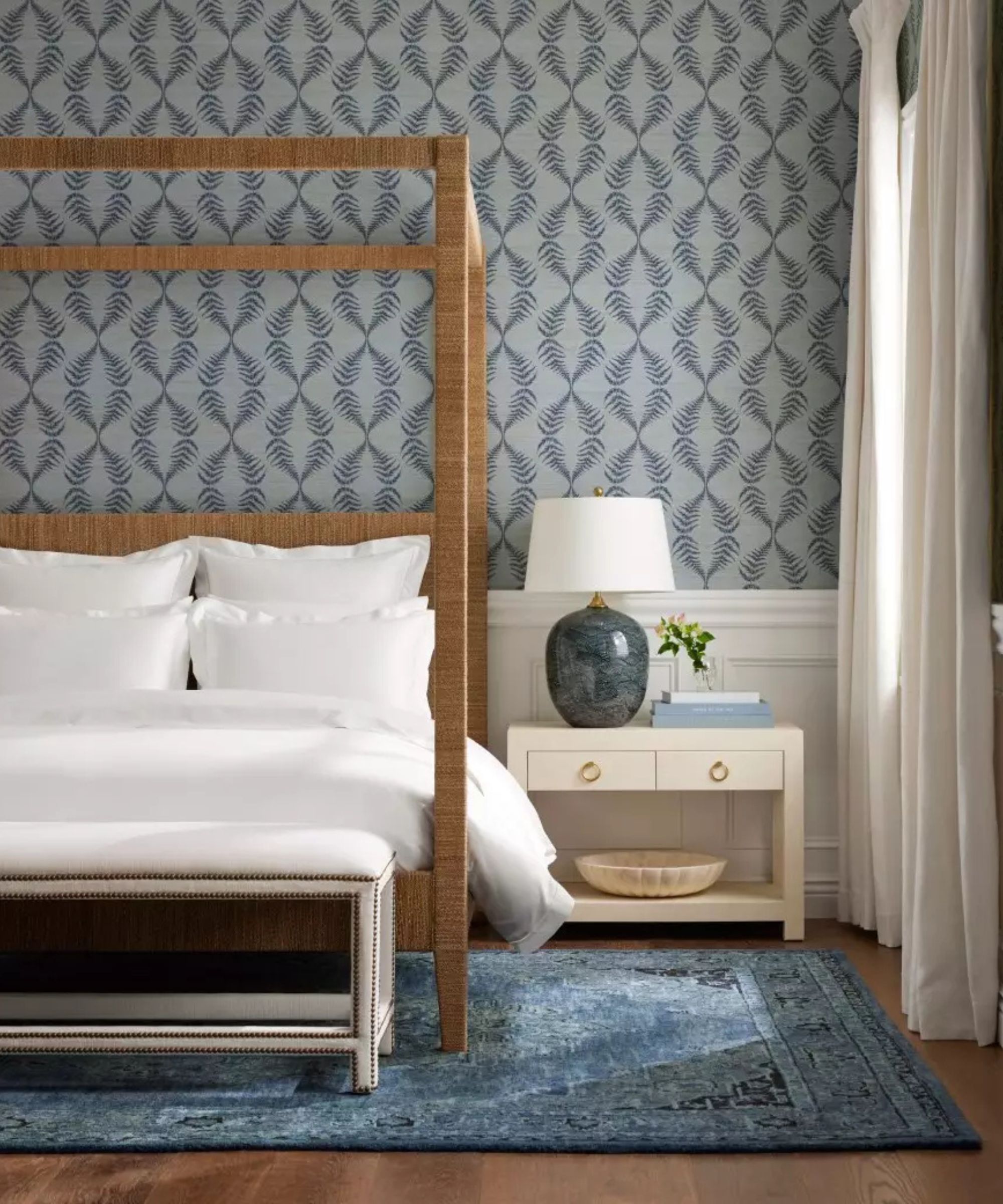
You can lower the lights, buy the best bedding, and eat all the right foods, but you'll never get good sleep if you lie awake stressing. One of the best ways to relieve mental and physical stress before sleep is to stretch. I asked Dr. Mike Basten, DPT, to talk us through a few simple moves to wind down well.
First, Dr. Basten suggests the three-way prayer stretch. 'From child's pose, shift your hands right and lift to stretch each side of your back and forward to elongate the spine. Repeat three times each way, holding for 30 seconds. This stretch relieves back tension and enhances spinal flexibility.'
Move onto lower trunk rotations. 'Lie on your back with knees bent and feet on the floor, and rotate your knees from side to side, keeping your shoulders grounded,' says Dr. Basten. 'Perform 20 reps on either side to loosen the lower spine and alleviate lower back stiffness'. This step is especially important for back sleepers and anyone who suffers from chronic pain.
The final step is the simplest: diaphragmatic breathing. 'Lie on your back with one hand on your belly and the other on your chest,' says Dr. Basten. 'Breathe deeply through your nose, focusing on diaphragm expansion. Practice for three minutes. This technique promotes relaxation and eases you into sleep by lowering your heart rate and calming the nervous system'.
9. Experiment with ASMR
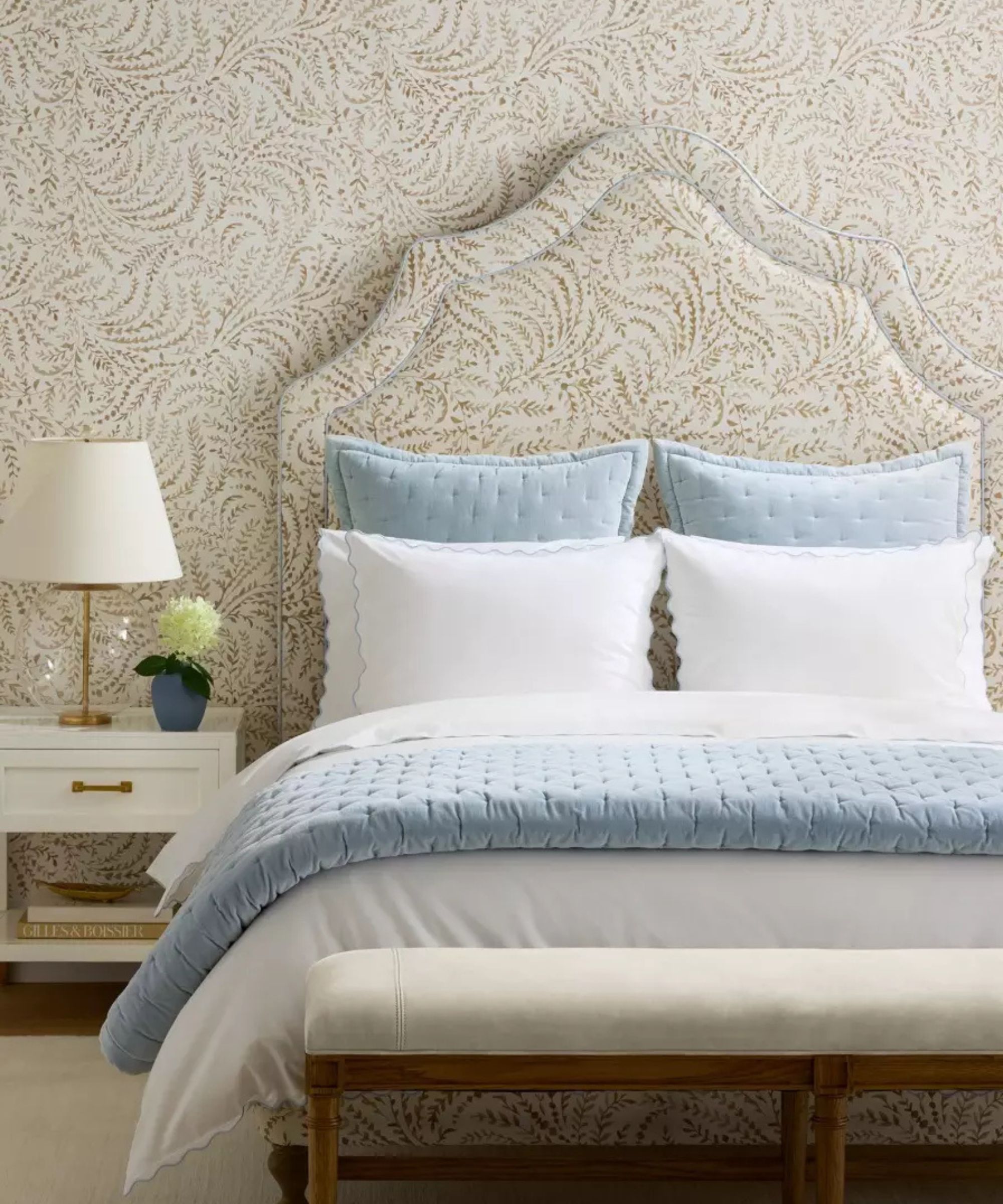
'One helpful sleep method is to listen to relaxation podcasts at bedtime which incorporate ASMR principles,' says Dr. Craig Harris Richard, a university professor who researches the intersection between sleep and relaxation.
'The key aspect of an ASMR-based relaxation podcast is a narrator who speaks (or whispers) directly and personally to the listener - in a slow, soft, and gentle way. The gentle voice may guide the listener through a meditation, read a fictional story, or explain a curious moment from history.'
Dr. Richard cites this paper as an example of 'multiple published studies, consistently reporting that people respond to ASMR stimuli with increased relaxation, decreased heart rates, decreased blood pressure, decreased stress, and an increased ability to fall asleep more easily.'
'Listening to a relaxation podcast is quite simple. Keep your bedroom dark, your eyes closed, and stay focused on the story, voice, and sounds from the podcast,' recommends Dr. Richard. It's one of the sleep trends I'm most excited to try.
10. Talk to your doctor
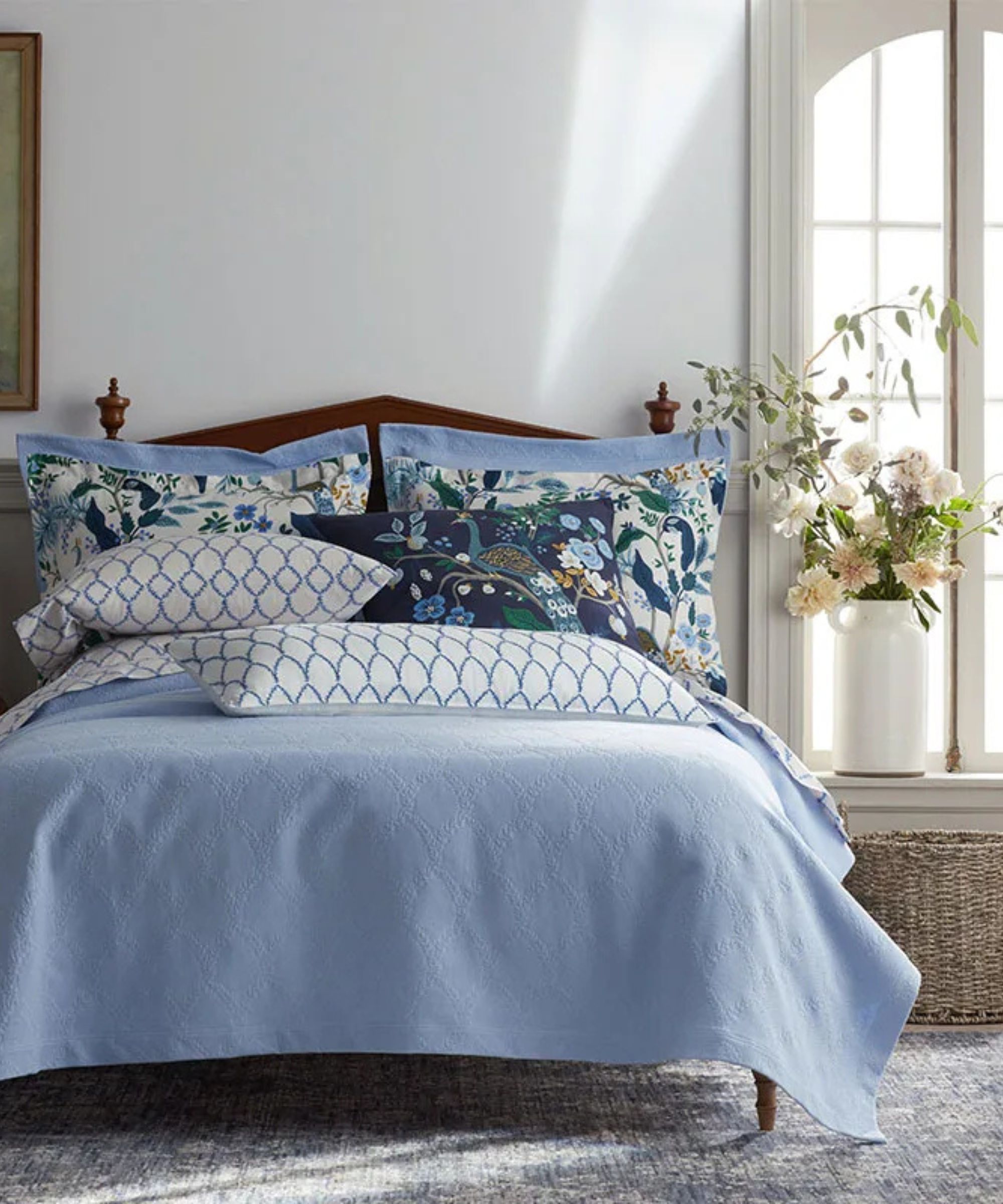
If you've tried making changes to your routine and environment, and you're still struggling to sleep, then the problem might be your hormones.
Dr. Amy Divaraniya, Founder and CEO of the women's health company Oova, explains that 'hormones are a crucial part of overall health and wellbeing, and can directly impact how you’re sleeping. Fluctuating estrogen and progesterone, for example, can disrupt the balance in the brain’s sleep regulation processes. Hormone fluctuations can lead to insomnia, difficulty staying asleep, and overall poorer sleep quality.'
Dr. Divaraniya outlines 'the most immediate and practical changes you can make, including maintaining a cool bedroom environment to combat night sweats, reducing caffeine and alcohol intake before bedtime, and practicing stress-relief techniques like mindfulness or deep breathing exercises.'
'Having a consistent and calming bedtime routine can also help signal the body that it's time to sleep. Your doctor can also recommend options like hormone replacement therapy (HRT) to stabilize estrogen levels and reduce night sweats and hot flashes, and even cognitive-behavioral therapy (CBT) for insomnia.'
It can be hard to sleep at home, where you're surrounded by the little stresses of daily life. You could spend thousands of dollars and fly hundreds of miles to take part in a sleep retreat at a luxury hotel, or you could save yourself the trouble and learn how to create a sleep retreat at home.
Sign up to the Homes & Gardens newsletter
Design expertise in your inbox – from inspiring decorating ideas and beautiful celebrity homes to practical gardening advice and shopping round-ups.

Emilia is our resident sleep writer. She spends her days tracking down the lowest prices on the best mattresses and bedding and spends her nights testing them out from the comfort of her own home. Emilia leads a team of testers across America to find the best mattress for every sleep style, body type, and budget.
Emilia's quest to learn how to sleep better takes her all around the world, from the 3Z mattress factory in Glendale, Arizona to the Hästens headquarters in Köping, Sweden. She's interviewed luxury bedding designers at Shleep and Pure Parima, as well as the Design Manager at IKEA. Before she joined Homes & Gardens, Emilia studied English at the University of Oxford.
-
 Emily Blunt gifted Cillian Murphy this $545 pillow – she's 'obsessed' with these luxury pillows, and frankly, so are we
Emily Blunt gifted Cillian Murphy this $545 pillow – she's 'obsessed' with these luxury pillows, and frankly, so are weThe Oppenheimer stars sleep on this ultra-luxe goose down pillow – here's why we love it – plus our affordable alternatives from $35
By Sophie Edwards Published
-
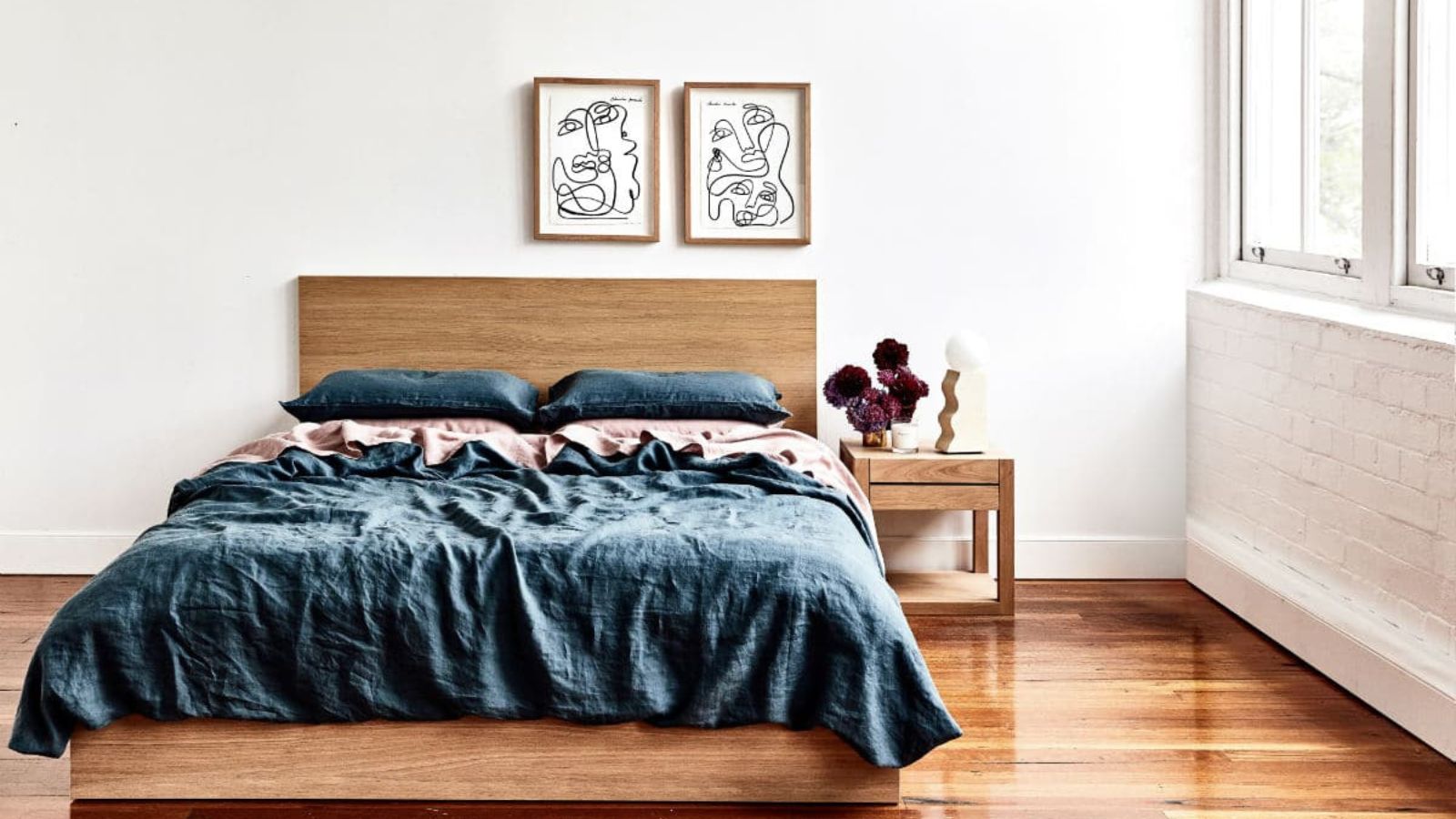 The great bedding debate: top sheet vs no top sheet − which side are you on?
The great bedding debate: top sheet vs no top sheet − which side are you on?I asked an expert panel of bedding designers whether you really need a top sheet to keep clean and cool or if it's just another ploy to make you spend money
By Emilia Hitching Published
-
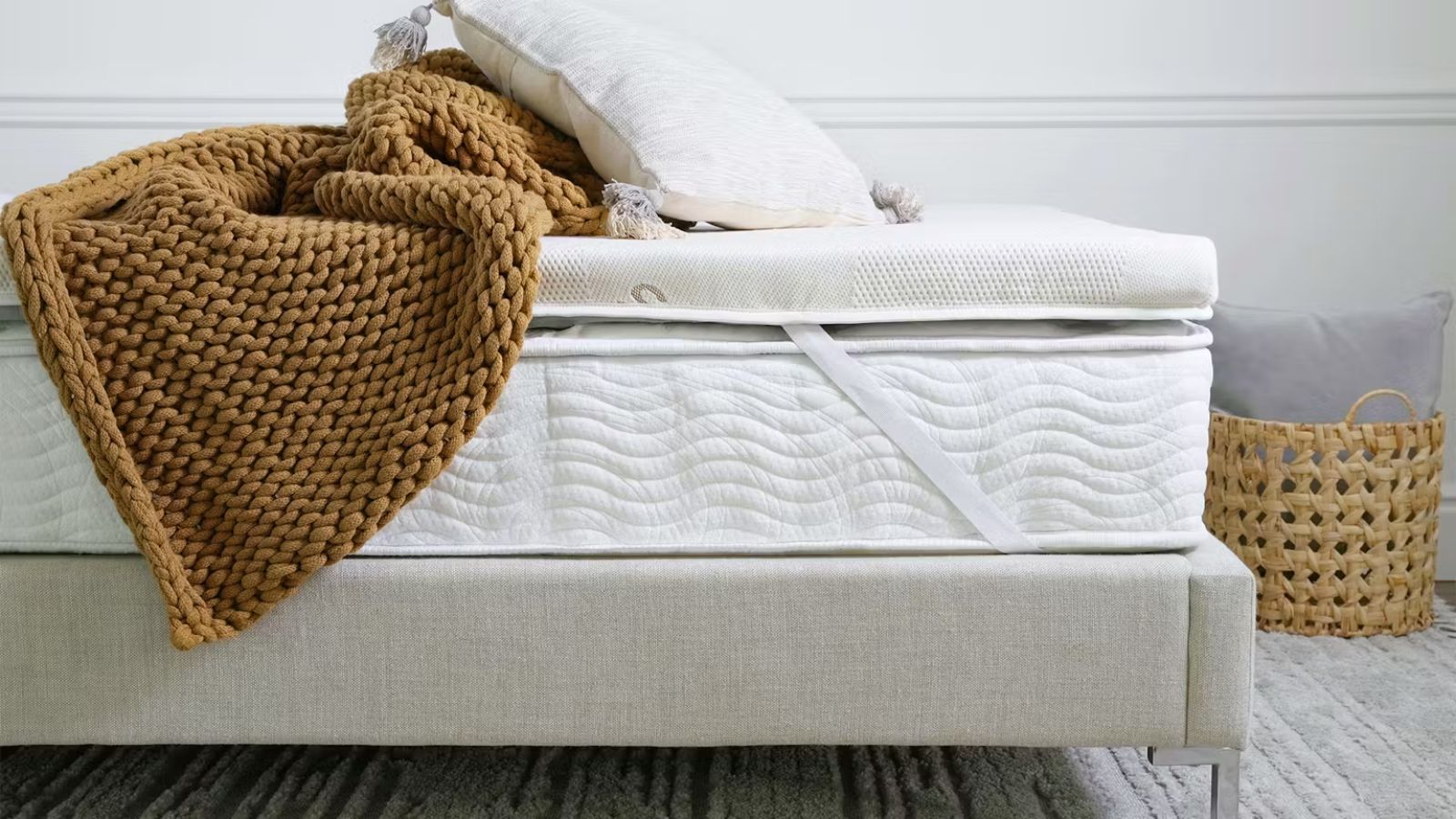 How we test mattress toppers – H&G's expert review process explained
How we test mattress toppers – H&G's expert review process explainedHere's everything you need to know how we test mattress toppers for pressure relief, thermoregulation, motion isolation, and edge support
By Emilia Hitching Published
-
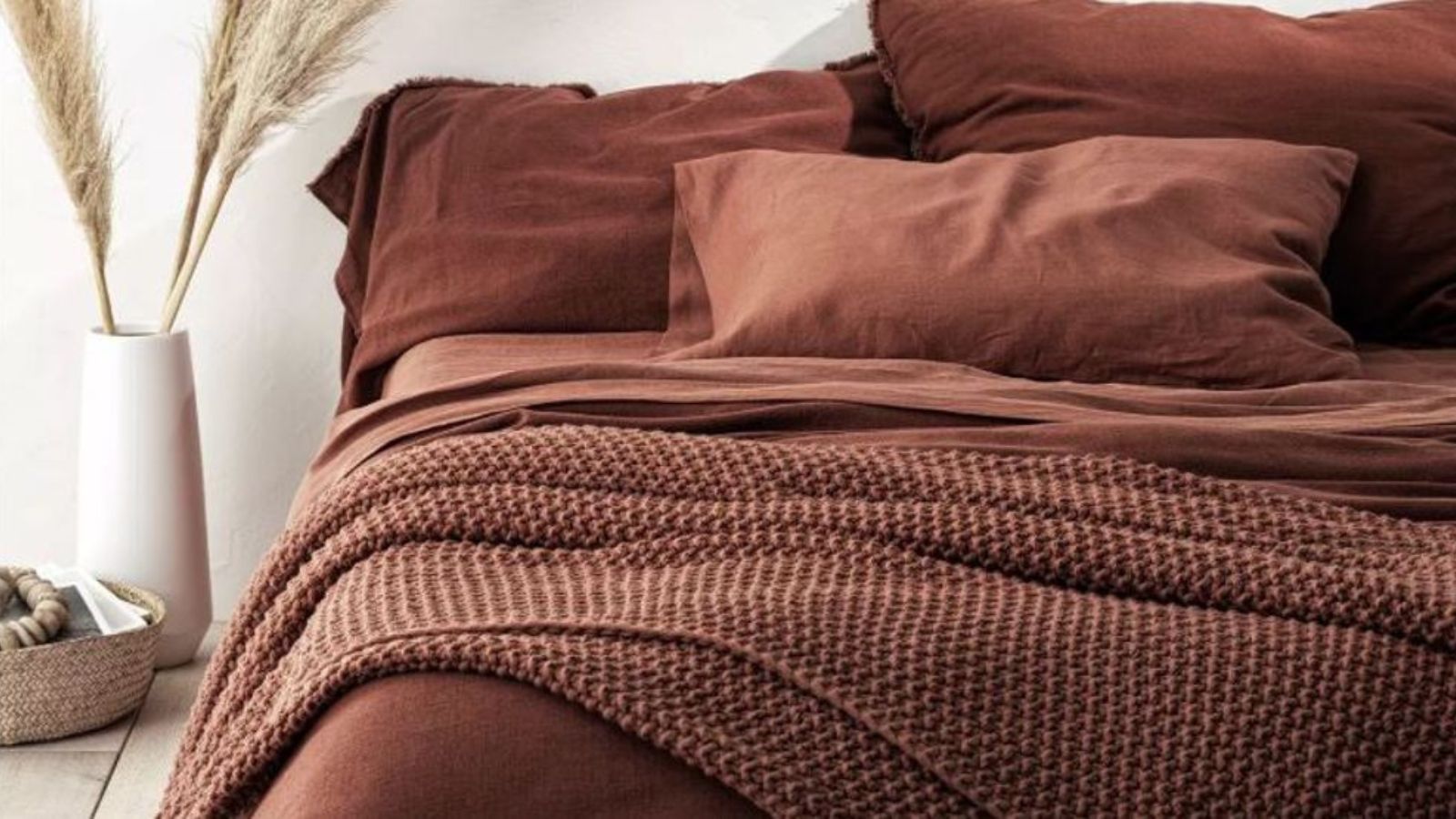 Best places to buy affordable bedding 2025 – save on sheets and shams with these budget-friendly brands
Best places to buy affordable bedding 2025 – save on sheets and shams with these budget-friendly brandsThe best affordable bedding should look and feel expensive − here are my expert recommendations for where and what to shop
By Emilia Hitching Last updated
-
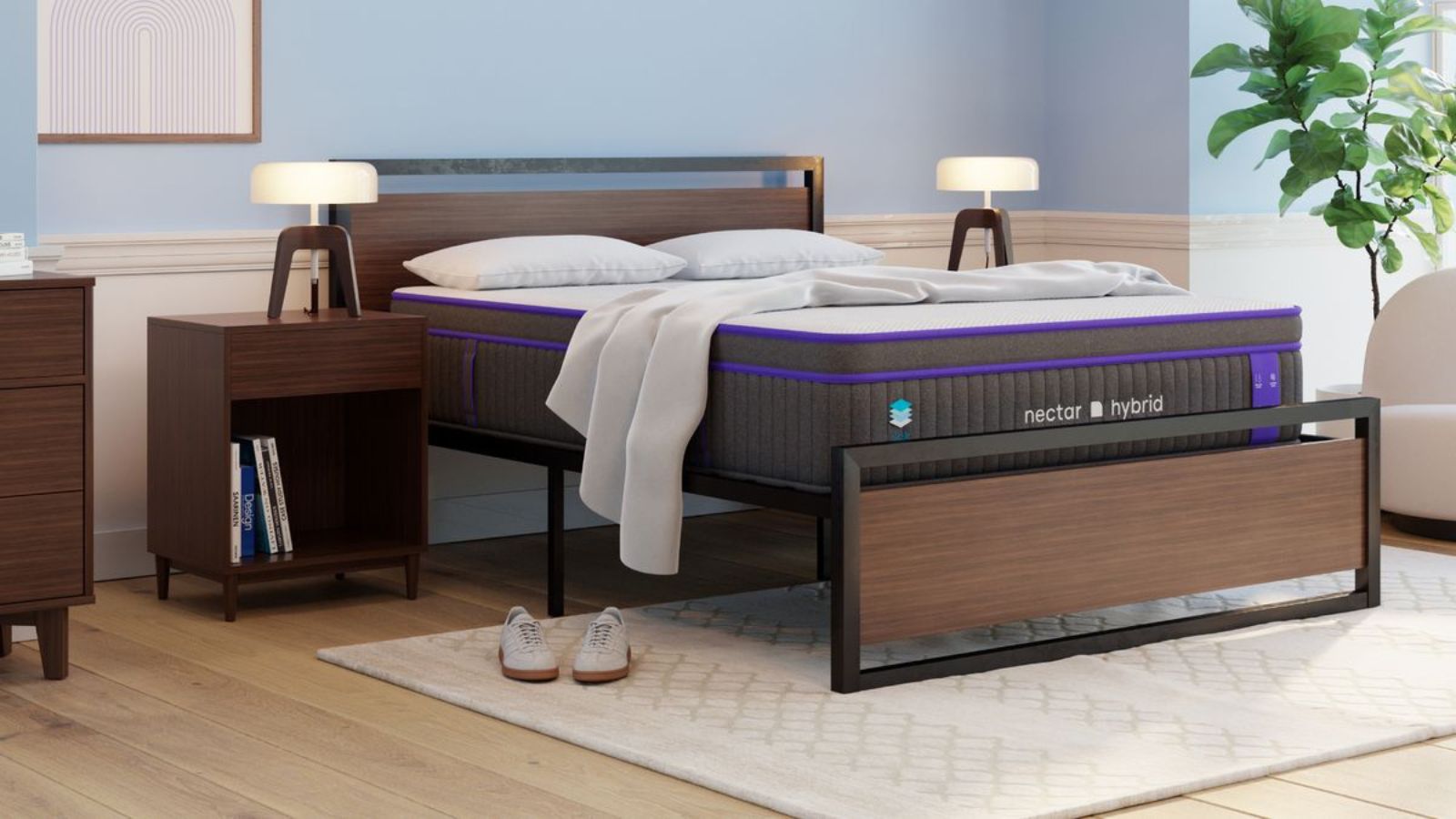 I tried the Nectar Premier Hybrid Mattress – it's so much better than their basic models
I tried the Nectar Premier Hybrid Mattress – it's so much better than their basic modelsCompared to the Nectar Classic Foam Mattress, the Nectar Premier Hybrid boasts far superior edge support and thermoregulation
By Millie Hurst Last updated
-
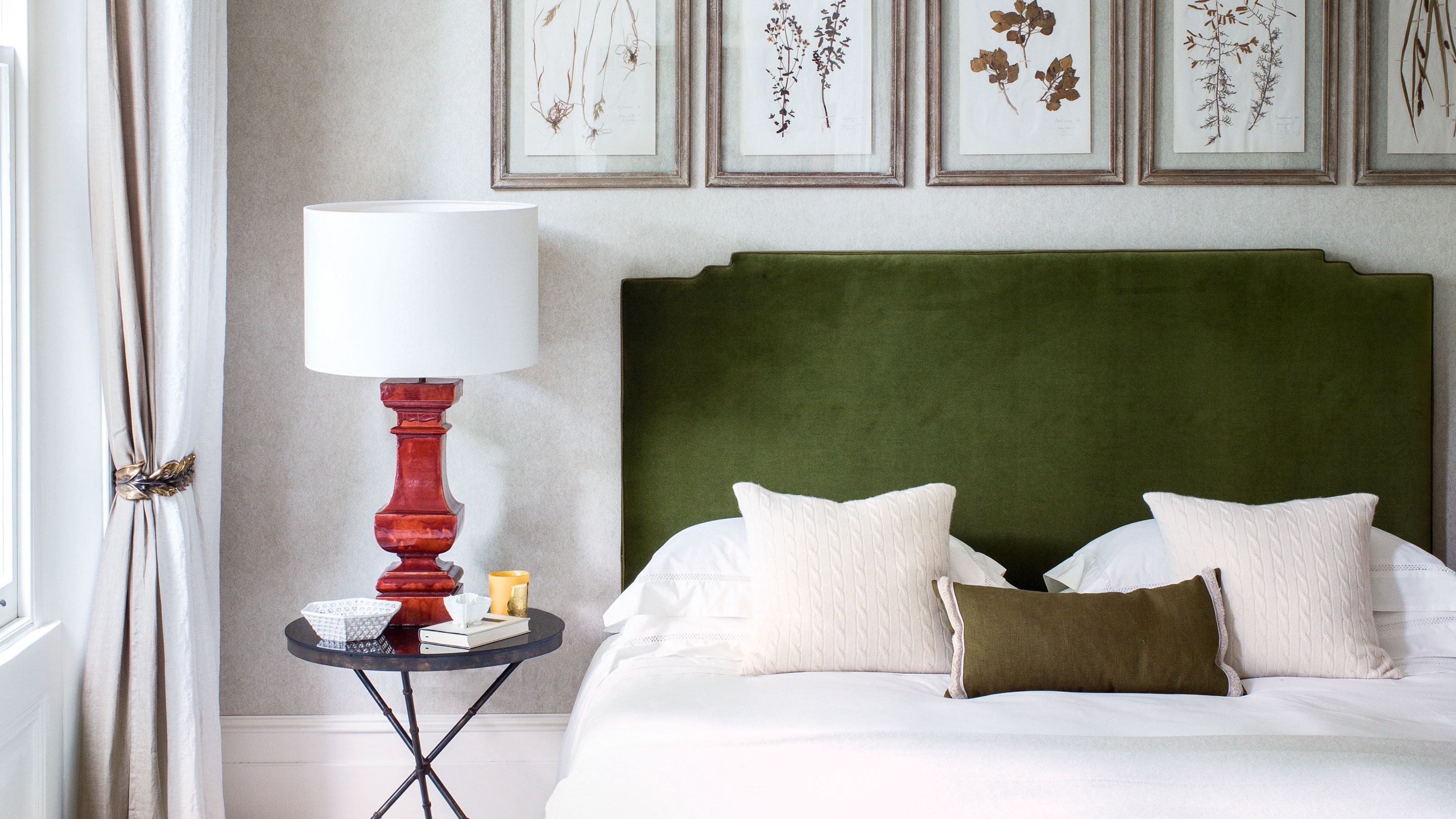 What's the best pillow position for the best night's sleep? Sleep experts weigh in
What's the best pillow position for the best night's sleep? Sleep experts weigh inBecause sometimes it's the small things that can have a big impact on your sleep quality
By Michele Ross Published
-
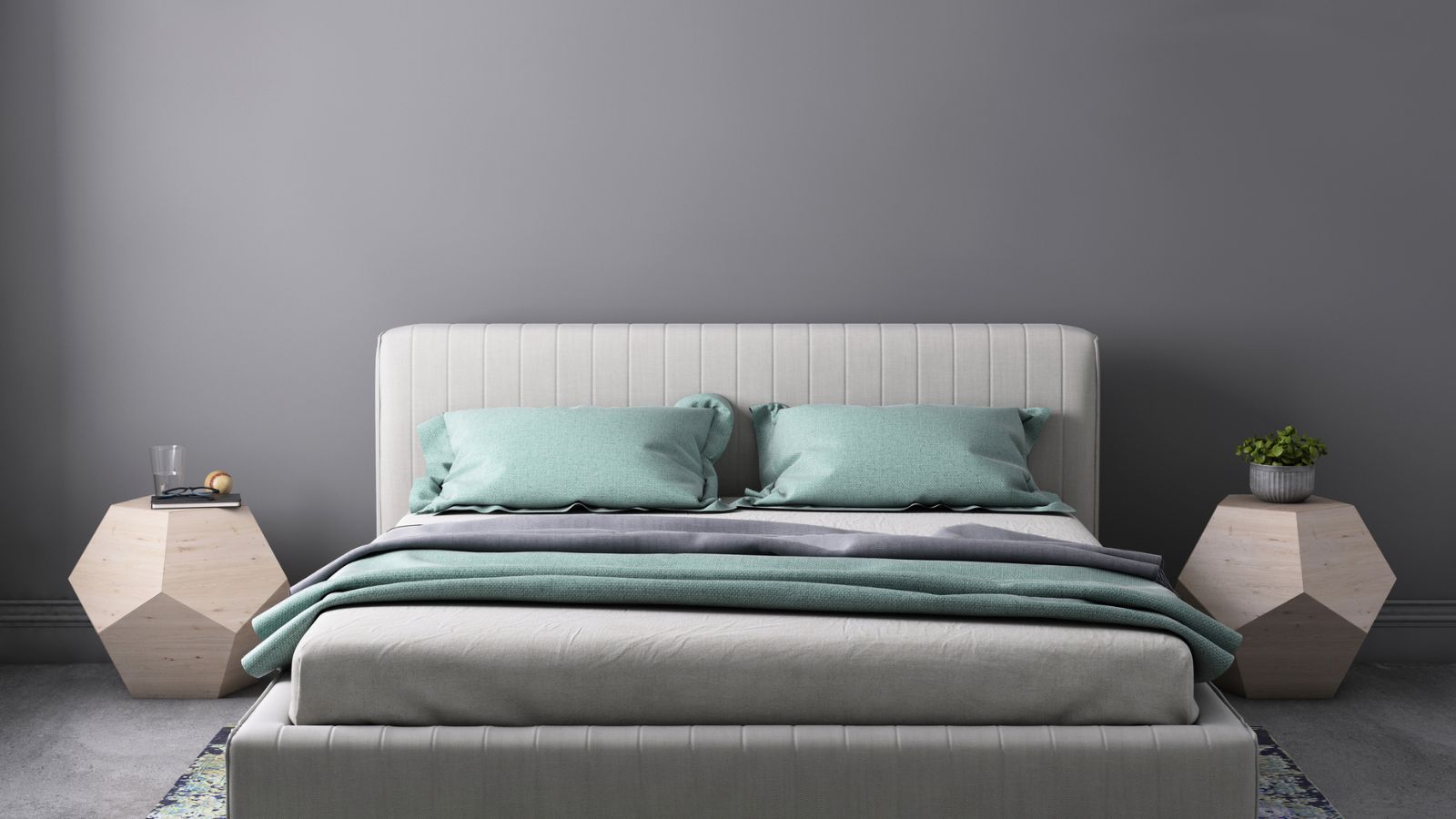 5 signs you're sleeping on a bad mattress − how to spot the red flags
5 signs you're sleeping on a bad mattress − how to spot the red flagsI asked medical professionals and sleep scientists how to spot the signs you're sleeping on a bad mattress and when it's time to upgrade
By Emilia Hitching Last updated
-
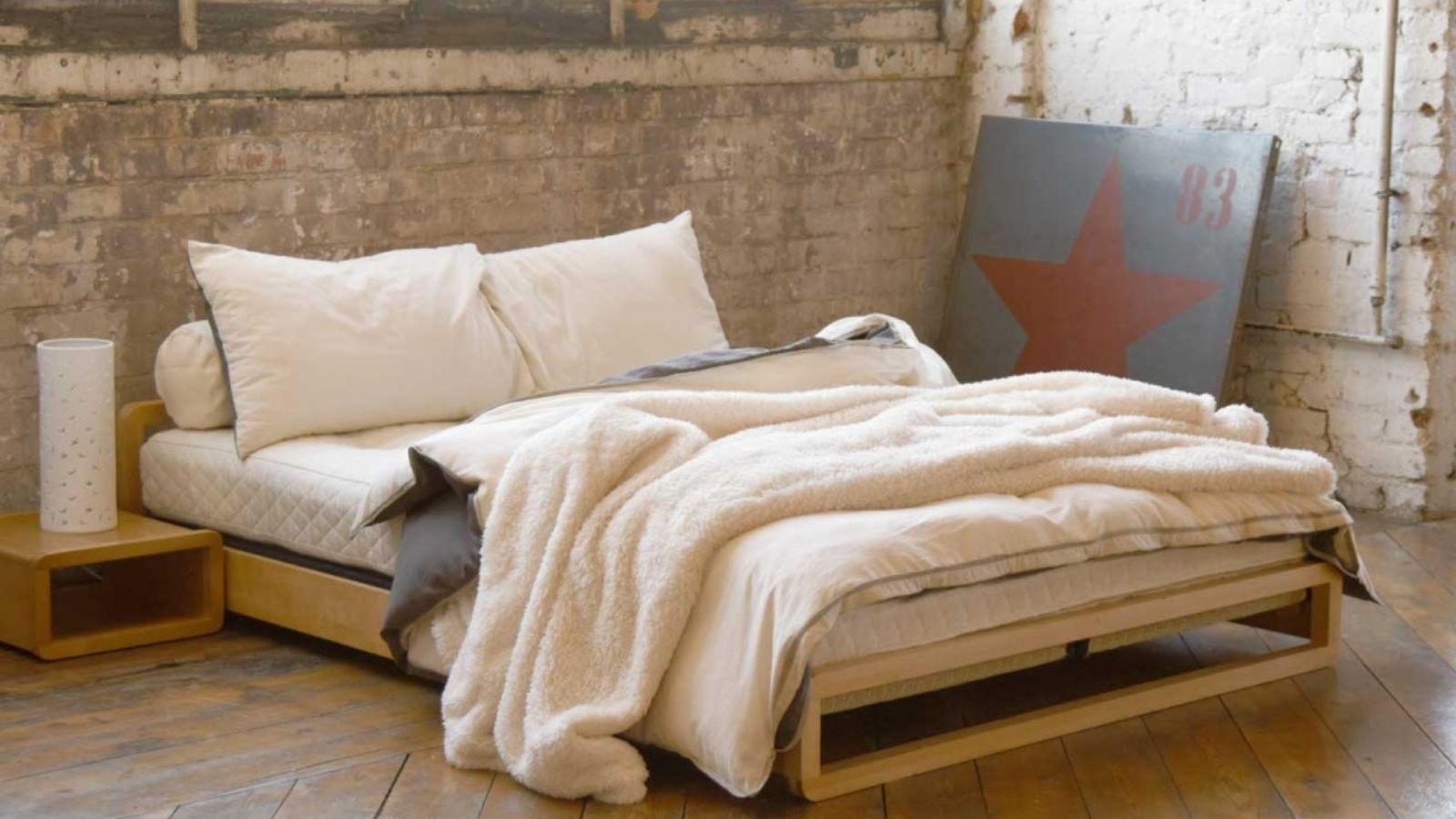 What is a futon mattress? Your expert guide
What is a futon mattress? Your expert guideFor flexible comfort and short-term stays, there's nothing like a futon mattress − I've searched the web to bring you the best fold-out beds
By Emilia Hitching Last updated
-
 Platform bed vs box spring – what's the difference and which is best for you?
Platform bed vs box spring – what's the difference and which is best for you?Unsure whether a platform bed or a box spring is right for your set up? We break down these two mattress foundation options
By Alison Barretta Published
-
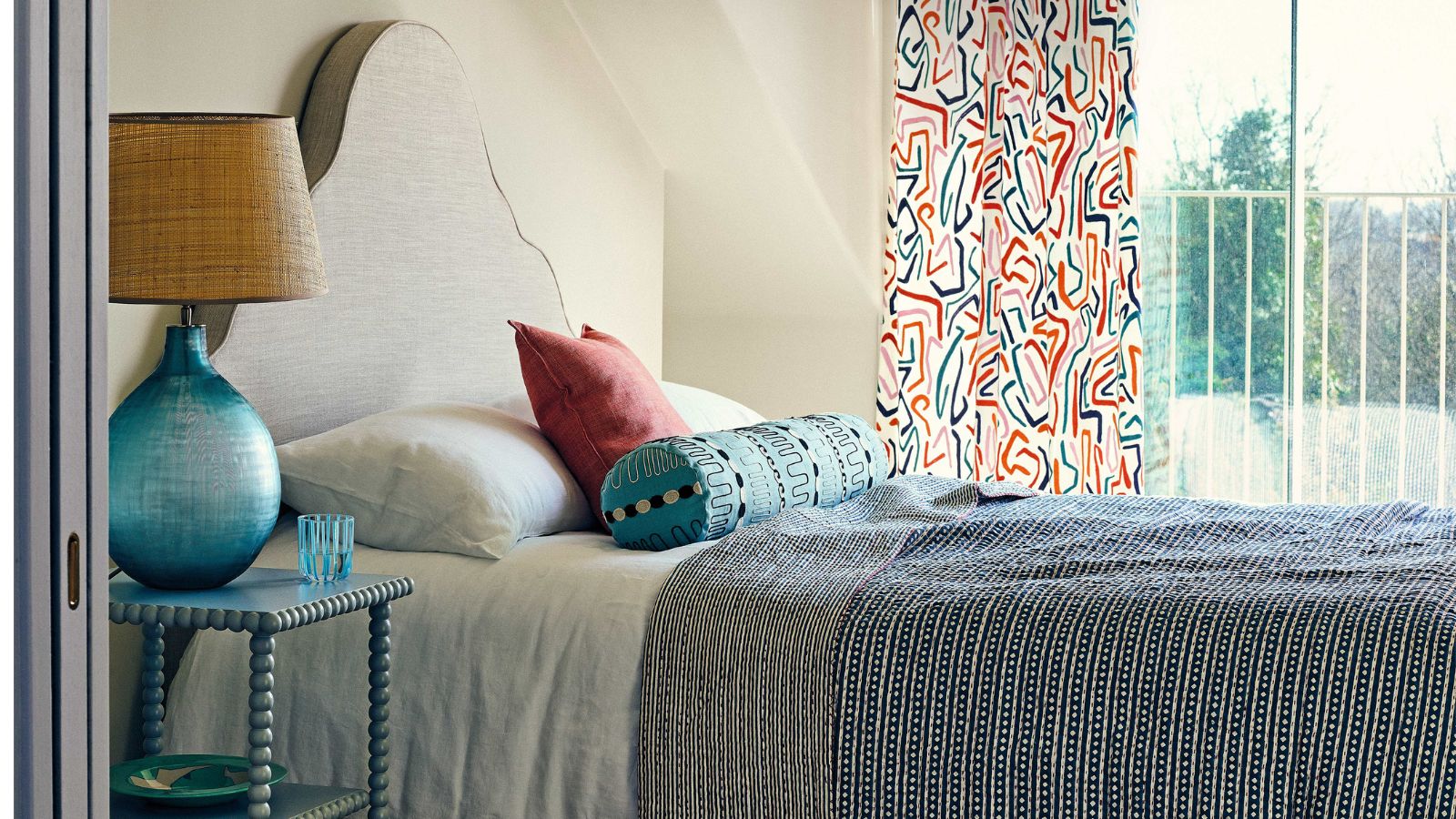 What is a platform bed? Everything you need to know about this stylish mattress support
What is a platform bed? Everything you need to know about this stylish mattress supportLearn how this low profile bed frame can elevate the look of your bedroom
By Alison Barretta Published